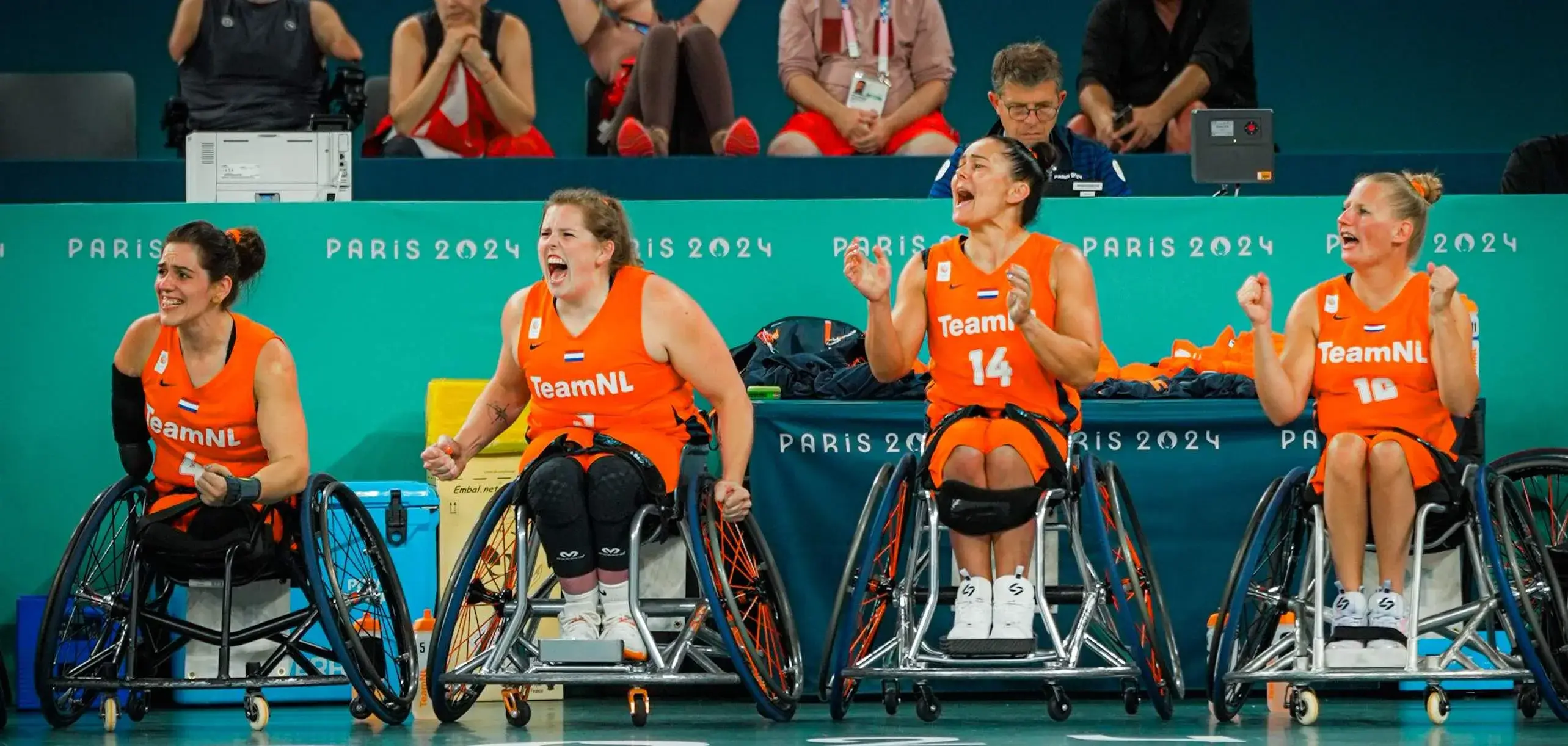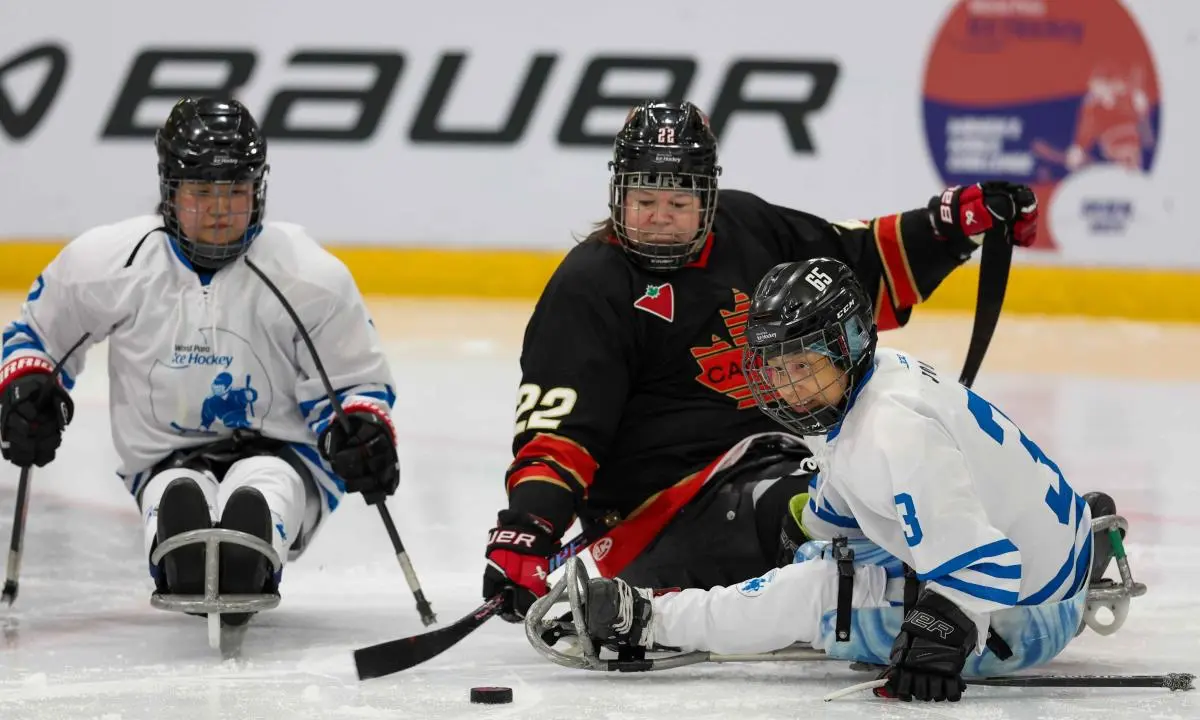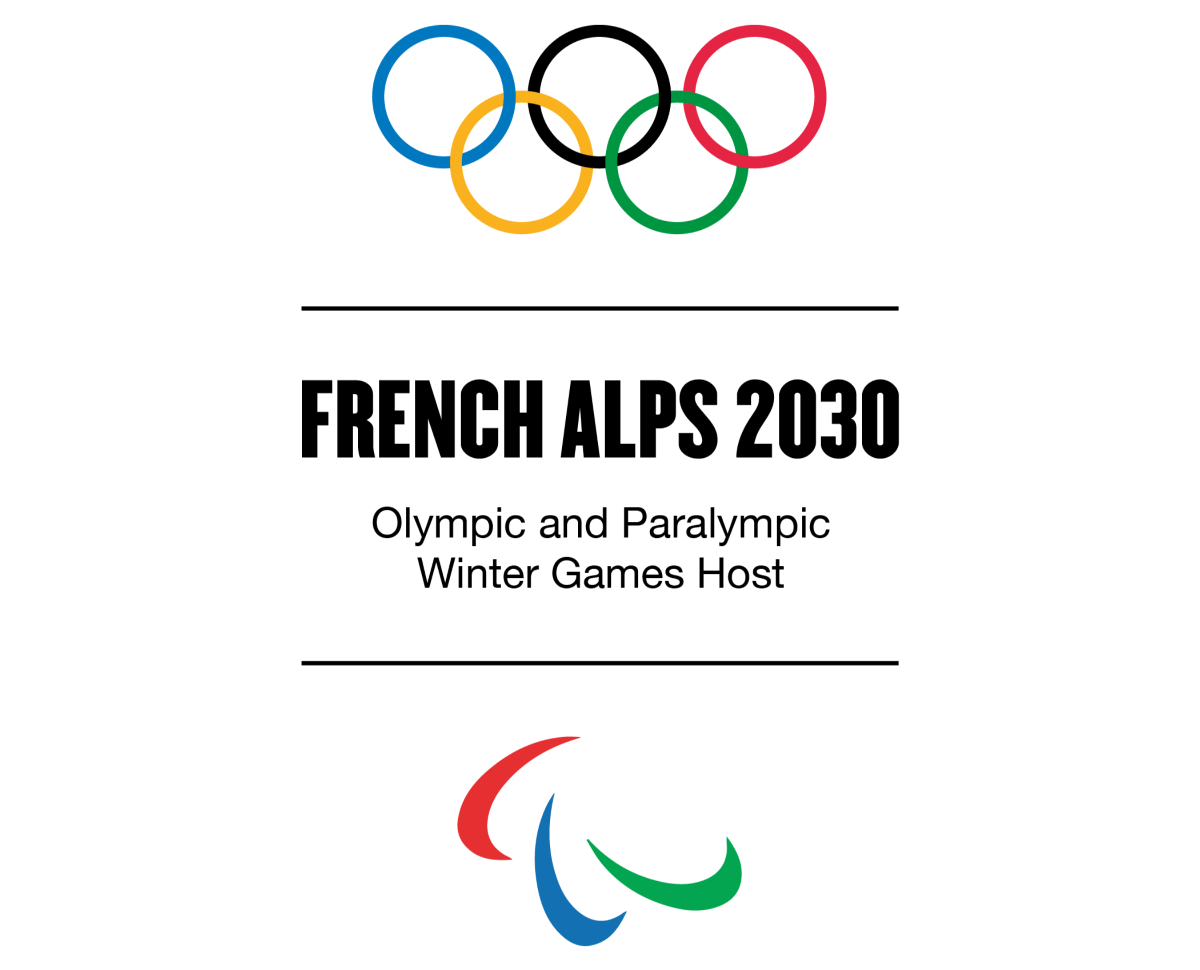
KEY INDICATORS FOR SPORT AND EXERCISE
Since 2014, the Dutch government has included persons with disabilities in its national monitoring of physical activity levels and preferences. The insights inform both national-level policymaking and local-level interventions.
Overview

Many countries measure and monitor the level of physical activity - the motivations, preference and barriers – as part of efforts to address the inactivity crisis that is negatively affecting public health and public health spending.
In 2014, to monitor the level of physical activity in the Netherlands, the Minister of Health, Welfare and Sport launched The Key Indicators for Sport and Exercise initiative. By ensuring quality, comparability and continuity, the aim was to use the data collected to contribute to national policy development and regional and local sports agreements.
Critically, persons with disabilities are included in the monitoring, providing key insights into the similarities and differences on a disaggregated level.
Who was involved
Dutch Municipal and Regional Health services, Statistics Netherlands, Mulier Instituut, VeiligheidNL, Kenniscentrum Sport & Bewegen, and the Dutch Olympic and Paralympic Committee.
What was done
A comprehensive online platform was developed to track participation, preferences, and barriers to physical activity in the Dutch population. Data is collected regularly through central registers and national surveys, and respondents are asked about their participation in sport and physical activity, preferred types of movement, experienced barriers (e.g. financial, environmental, psychological), and support needs. The resulting data is disaggregated by factors such as age, gender, income, migration background, and disability status.
The insights inform both national-level policymaking — including health promotion, urban planning, and sport infrastructure — and local-level interventions, helping municipalities and community organisations understand where and how to invest in more inclusive opportunities for movement. Tools on the platform allow users to compare groups, track trends over time, and download datasets for further use in planning and advocacy.
What made it special
This initiative meaningfully incorporates the voices and experiences of persons with disabilities. By allowing them to self-identify based on their own lived realities (social model), and not by clinical diagnoses (medical model), it represents a novel and paramount shift toward equity and dignity in data collection, avoiding exclusion caused by rigid, medical-model definitions.
By incorporating the social model of disability - recognising that barriers to physical activity for persons with disability often stem from environmental or societal constraints rather than from a person's diagnosis - in a national system, the Netherlands has set a rare example of how disaggregated disability data can be embedded into mainstream public health and sport monitoring tools. The fact that the same platform covers the general population and persons with disabilities side-by-side also encourages systemic inclusion rather than parallel monitoring.
What changed
This initiative has led to a deeper understanding of physical activity among persons with disabilities in the Netherlands. The data revealed significant differences in participation rates and the types of activities preferred. Importantly, it revealed the barriers such as lack of accessible facilities, social stigma, or limited transport options, that are limiting activity.
As a result of the data, both policy and practice have shifted: municipalities are better equipped to tailor programmes, allocate resources, and set priorities that address real needs. National health promotion strategies are now better informed by granular evidence.
Additionally, the platform serves as a benchmarking tool to monitor changes over time, allowing actors to evaluate the impact of inclusive initiatives.
Persons with disabilities are no longer invisible in the data, but now visible in the decision-making.
What was learned
Capturing the data of persons with disability through self-identification fosters better representation, disaggregated data, and richer insights. However, it requires deliberate outreach and clarity in communication, and other necessary measures to ensure full and effective participation.
Get started
Visit www.sportenbewegenincijfers.nl. and explore the interactive dashboard. Familiarise yourself and your government with the United Nations Washington Group on disability statistics short set of questions to include in censuses and national surveys.



